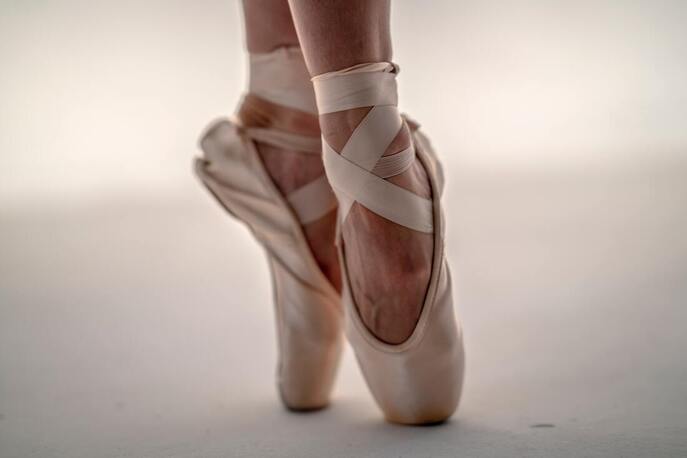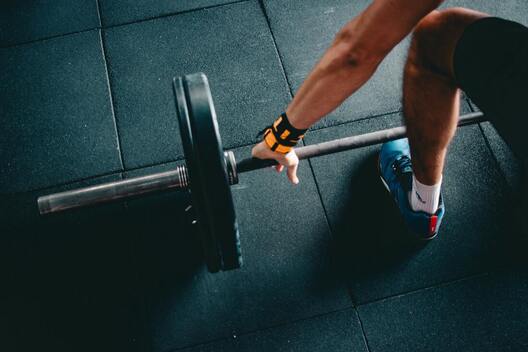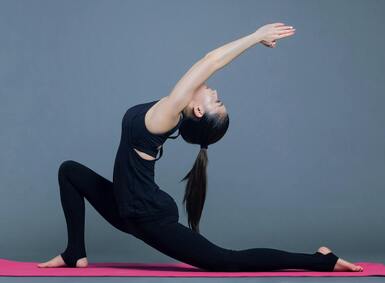Types of Dance Injuries
- Hip impingement, snapping hip syndrome, hip flexor tendonitis
- Knee patellofemoral syndrome
- Sprained ankles
- Sprains or tendonitis in feet
- Achilles tendonitis
- Mid and low back pain
What is Needed to Help with Prevention and Recovery?

Proper sleep and avoidance of overtraining can give the body the time it needs to heal small injuries before they progress to anything more serious.
If the body is not given enough time to recover, it can seriously weaken some tissues and decrease performance.

A well-balanced diet can be challenging at times because of classes affecting meal times or busy lifestyles limiting the opportunity for proper meals.
It is important to plan out snacks, meals and nutrition in advance to ensure dancers are getting the quality and quantity of food they need to fuel their bodies.
Some serious consequences are possible and all too common, when nutrition is lacking. Historically, this has been a concern in the teenage, female dance group.
Adequate hydration before, during, and after dance classes should be encouraged due to the physical nature of the activity.
Strength exercises focusing on the
- core muscles and
- hip muscles
Muscle groups such as the gluteal muscles are often under-utilized in dancers resulting in overuse of other muscle groups and subsequent injury.
A good foundation of core strength and hip strength goes a long way to raising a dancer's performance level.
- running,
- swimming or
- biking
They help to actively recruit different muscle groups than those used the most in dance and are very helpful to build stamina for longer performances.
Cardiovascular endurance can help a dancer perform at a higher level for a longer period of time and prevent lapses in focus and concentration due to fatigue.
This can include a variety of
- stretching routines along with
- muscle release techniques such as those using
- foam rollers,
- hand-held rollers, and
- muscle release balls.
Many dancers tend to be quite hypermobile in their spine and lower body joints.
Excessive stretching involving these joints can actually increase the risk of injury by increasing the laxity of some of the joint tissues to the point where they no longer properly support the joint.
- strength,
- flexibility, and
- coordination.
It can lead to a tremendous level of fitness and athletic development for children.
It can also be a source of lifelong friendships and fun as well as create discipline and creativity.
Our team at Donald Physiotherapy is more than happy to work with dancers of any age to achieve their goals safely and effectively.
Any questions, be sure to reach out and ask!
~ Trevor Donald, Physiotherapist





 RSS Feed
RSS Feed